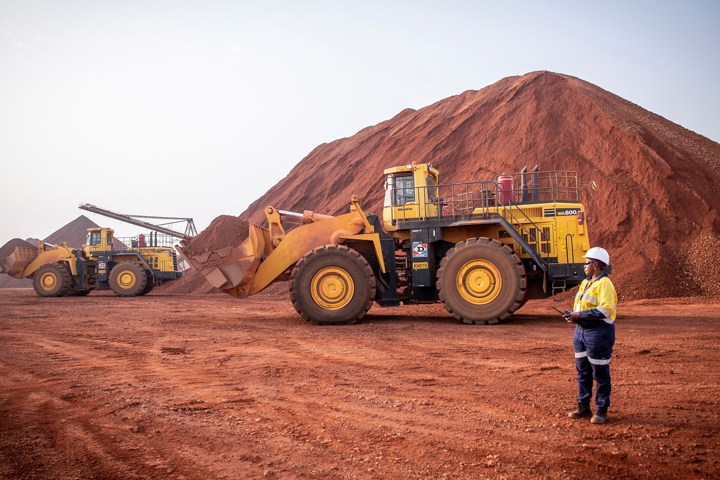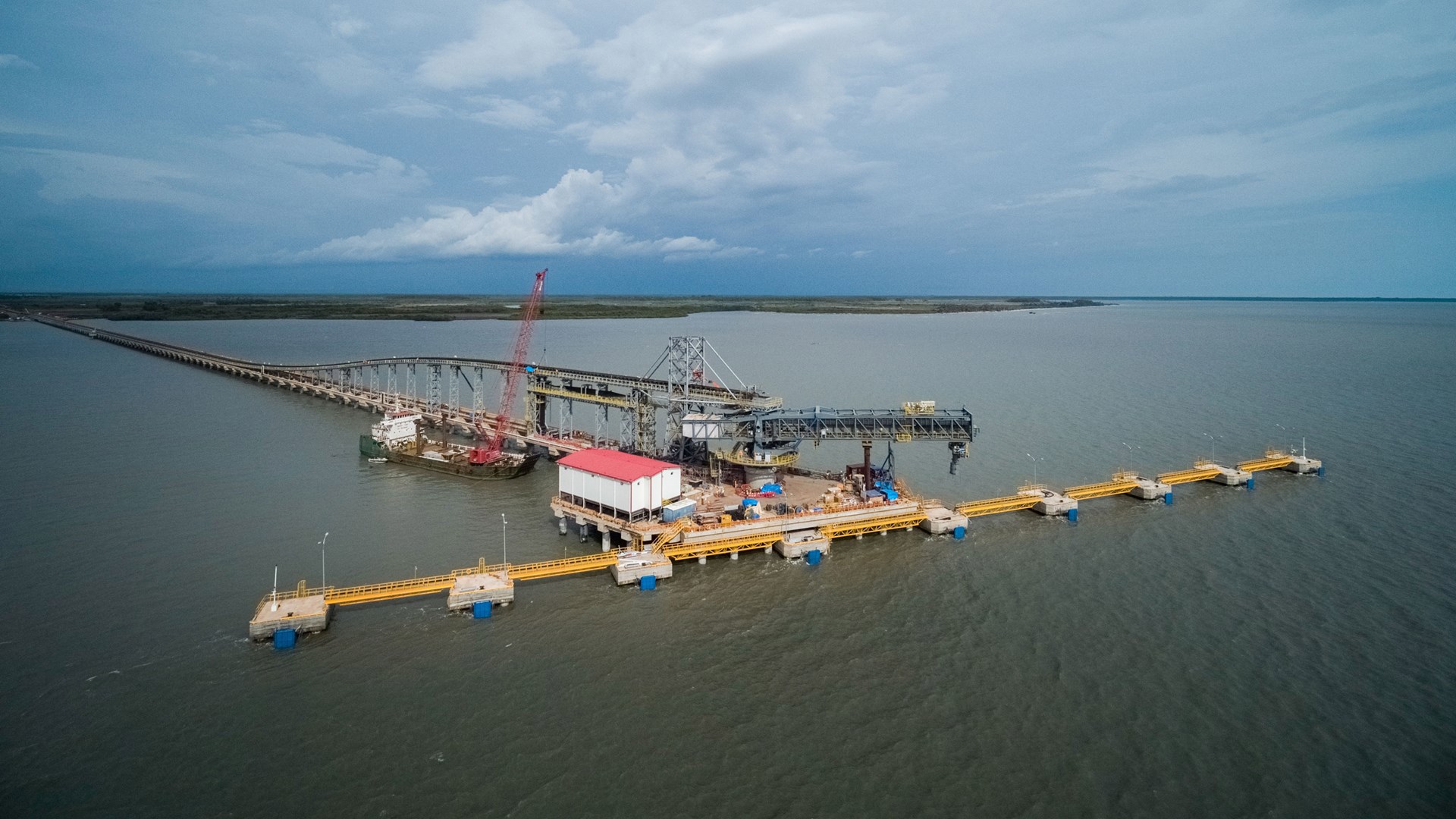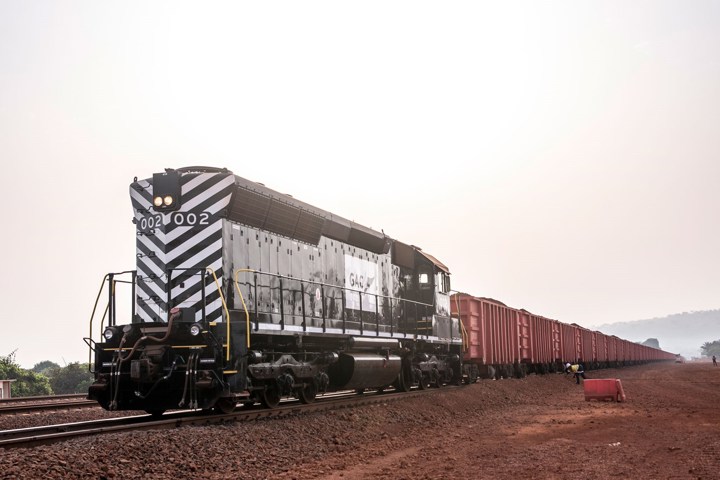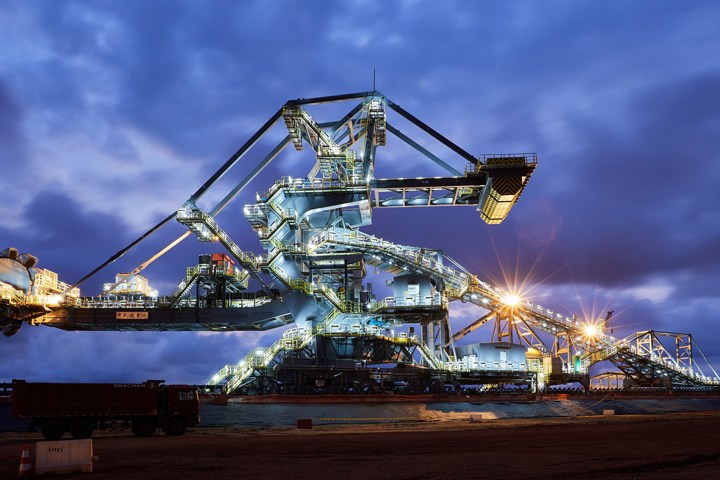

Port
GAC’s port is at Kamsar, near the mouth of the Rio Nunez river. It takes less than three hours to unload each train. We use a car dumper which upends and unloads wagons, two at a time, while they remain connected to the train.
The bauxite is directed by conveyors to a storage area, with a capacity of 1,300,000 tonnes. The storage area is equipped with a powerful stacker-reclaimer that can stack or retrieve the product at a speed of 4,500 tonnes an hour.
A network of underground and overhead conveyors is used to handle the bauxite, taking it to the barge loader located at the end of a 1.5-kilometre jetty. With a capacity of 5,000 tonnes per hour, it takes less than three hours to fill one of the four 13,000-tonne self-propelled barges which are operated by Emirates Global Aluminium.
The barges take the bauxite ore to EGA’s transhipment location 37 kilometres away, in deeper water. This enables EGA to use vessels up to Capesize for ocean shipping. Capesize vessels are around 300 metres long, 50 metres wide, and can carry some 180,000 tonnes of bauxite.
At the transshipment location two floating cranes, equipped with clamshell grabs, are moored on either side of the ocean-going vessel, allowing the bauxite to be unloaded directly from the barge into the export ship. It takes around four-and-a-half days to load a Capesize vessel.

